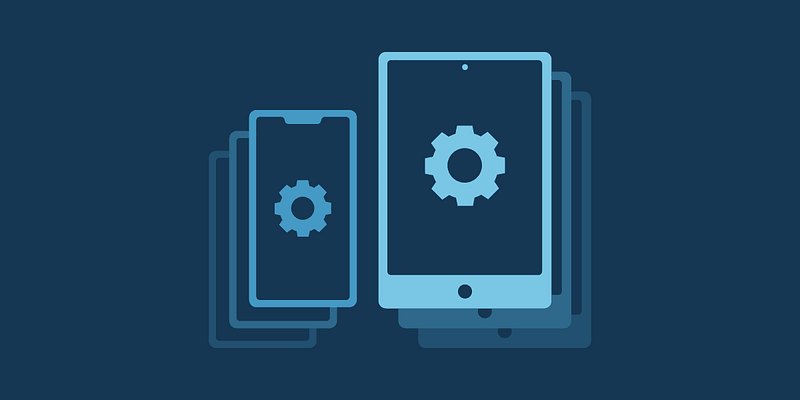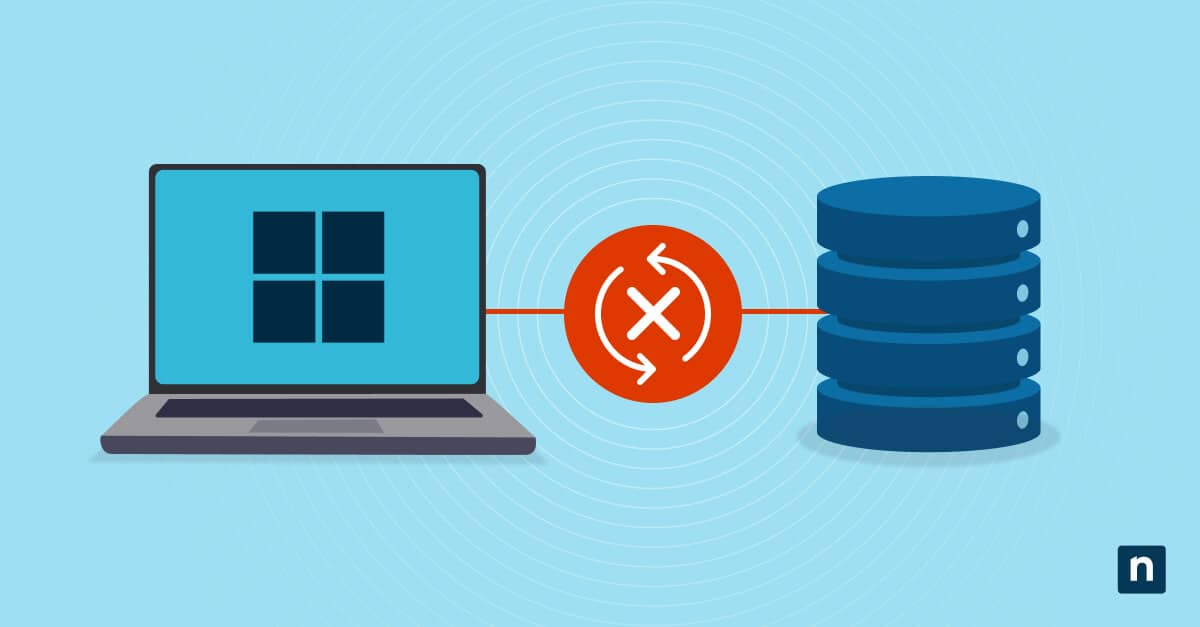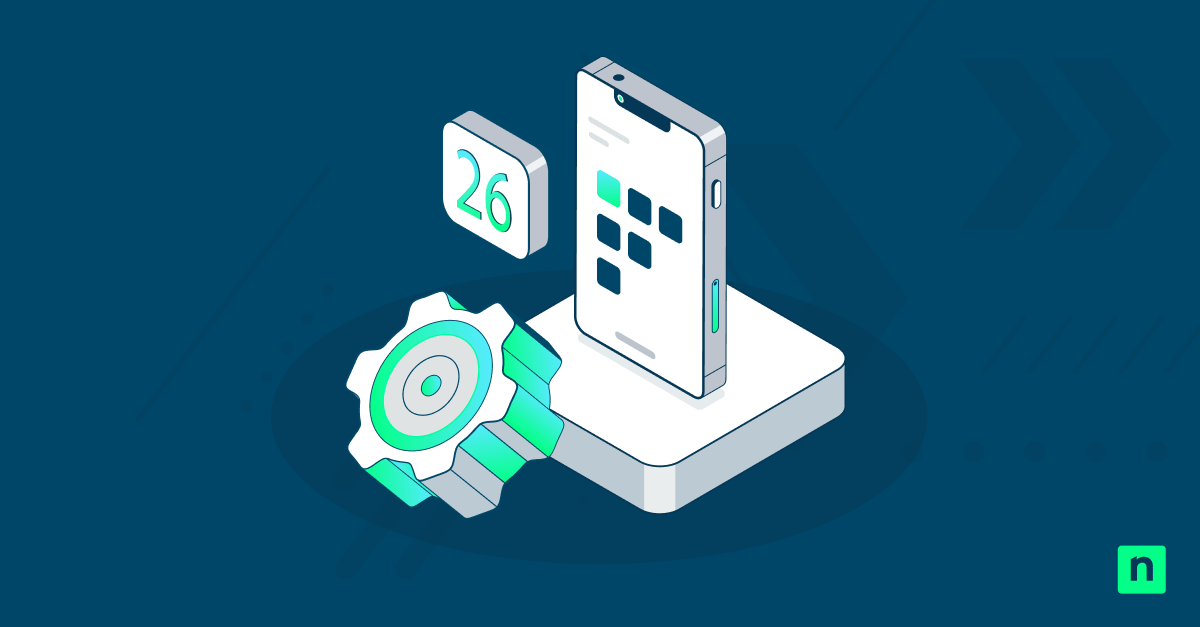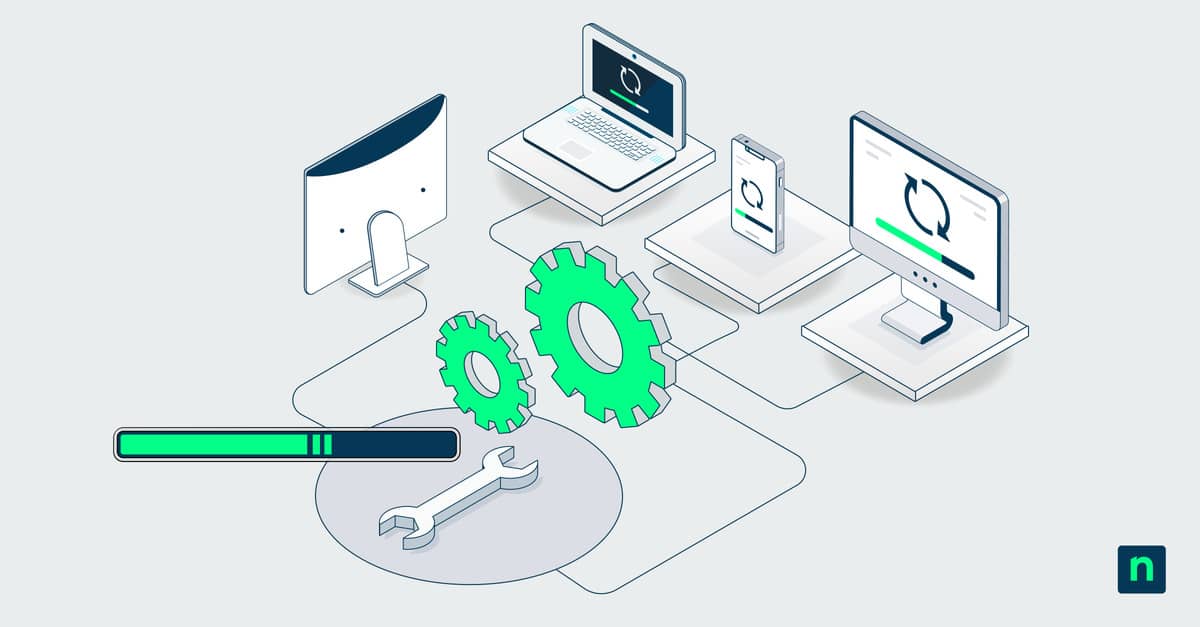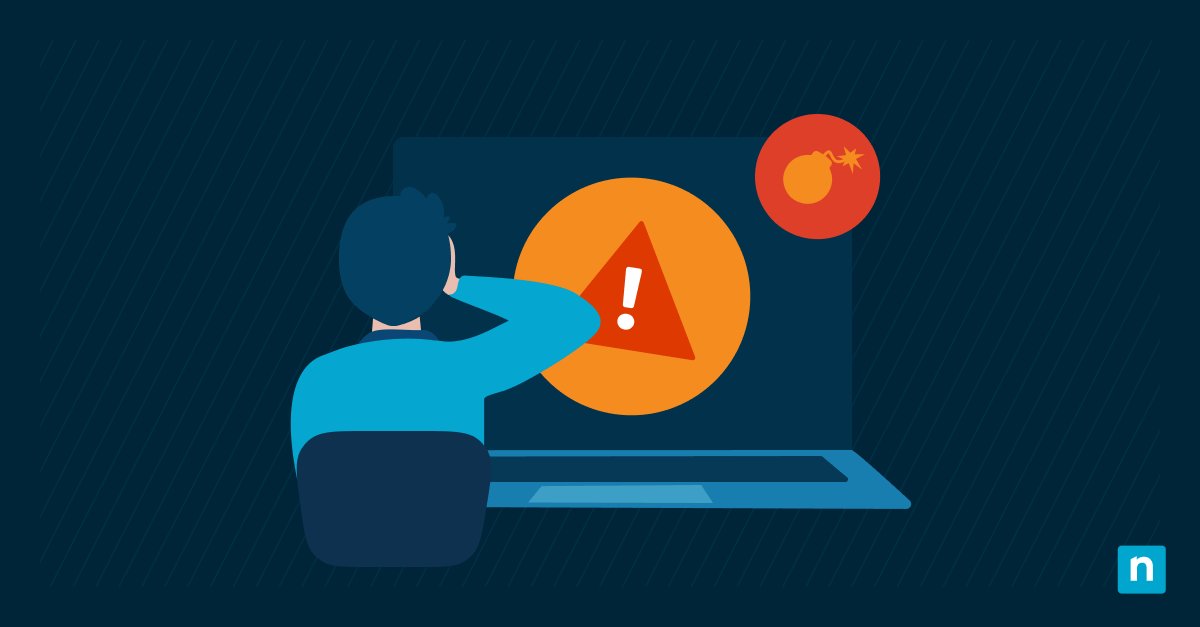🔑 Key Points
- A mobile device management (MDM) strategy defines how IT enrolls, configures, secures, and monitors smartphones and tablets in the workplace.
- Effective MDM strategies balance corporate-owned vs. personal device control, often using containerization for BYOD.
- Benefits include remote support, device tracking, policy enforcement, compliance, and reduced security risk.
- Modern IT teams should distinguish MDM from UEM (Unified Endpoint Management), which also manages laptops, desktops, and servers.
- An MDM strategy must be regularly updated to align with company goals, compliance frameworks (e.g., HIPAA, GDPR), and evolving security threats.
Pew research reports that the percentage of adults who own smartphones is up to 85%. These mobile devices are also being used frequently for work. The addition of an increasing number of mobile devices within companies causes IT environments to be more complex, making it necessary to have a centralized management tool for these types of devices.
Mobile device management (MDM) is a software tool designed to allow IT to manage smartphones and tablets that are used within a business. MDM can be a valuable addition to your IT team’s tool set, especially if you have an efficient MDM strategy to execute.
What is an MDM strategy?
An MDM strategy is composed of the actions an organization takes to control mobile devices connected to the workspace. An MDM strategy entails the enrollment of mobile devices, as well as the configurations and restrictions enforced on mobile devices. It also includes remote actions implemented on the devices via MDM software.
Why is an MDM strategy important?
Having an MDM strategy in place enables effective use of MDM software in your business. With a plan in place, you’ll have already made important decisions about what you’ll manage, who’s responsible for carrying out certain tasks, and when particular actions will be taken.
Executing an MDM strategy has many benefits, which include:
Better support of devices
MDM can take action remotely to assist mobile devices. Actions such as deploying updates and controlling applications can be completed with a few clicks instead of having to physically complete those tasks.
Tracking and remote lock/remote wipe capabilities
When devices are lost, any information on the device is put at risk. MDM has the ability to track and, if it puts the business at risk, remotely lock or wipe mobile devices. This enables continual protection of essential work data.
Increased compliance with company regulations
The management of the work container on employees’ mobile devices ensures that company regulations on these devices are followed. Rather than leaving it up to users to adjust the settings and configurations to be compliant with the rules, MDM can simply enforce those on devices through the software.
Strengthened security of intellectual property
MDM helps you keep your critical data safe and protected. Through enforcing restrictions and applying configurations, MDM software keeps workplace information contained.
More cost savings
The cost of MDM is justified by the savings it delivers. By improving efficiency and streamlining device management, MDM reduces expenses from lost devices, minimizes data breach risks, and lowers IT labor costs. For most organizations, the cost of MDM is outweighed by its long-term security and productivity benefits.
How to create an MDM strategy
When building a mobile device management strategy, IT leaders should align technology decisions with both business and compliance requirements. A strong strategy ensures consistent device security, reduces risk, and simplifies administration.
1. Define company objectives
Start with business goals: What do you need MDM to achieve? Common objectives include safeguarding sensitive data, enforcing compliance with frameworks like HIPAA, GDPR, or ISO 27001, supporting remote work, and streamlining device provisioning. Your MDM strategy should map directly to these outcomes.
2. Select the right MDM or UEM solution
Modern solutions often extend beyond mobile devices. Unified Endpoint Management (UEM) platforms integrate mobile device management with control of desktops, laptops, and servers, creating a single pane of glass for IT teams. Choose a solution that fits your environment and integrates with identity management, security, and ITSM tools.
3. Address ownership models (BYOD, COPE, COBO)
Your strategy must adapt to different device ownership scenarios:
- BYOD (Bring Your Own Device): Apply containerization to separate corporate data and apps from personal use, protecting privacy while enforcing business policies.
- COPE (Corporate-Owned, Personally Enabled): Strike a balance between IT control and user flexibility. Typically, IT manages the full device but allows personal apps.
- COBO (Corporate-Owned, Business Only): Enforce strict control over the entire device for sensitive roles or regulated industries.
4. Define use cases
Different devices require different policies. For example, kiosks or shared devices may need single-app lockdown, while knowledge workers’ smartphones need access to productivity suites, secure email, and VPN configurations. Clearly document these use cases and assign policies accordingly.
5. Integrate with other IT management tools
Extend your MDM strategy by integrating with tools such as Remote Monitoring and Management (RMM), identity access management (IAM), and endpoint security solutions. This ensures centralized visibility and consistent enforcement across all IT assets.
6. Establish governance and compliance policies
Define who is responsible for device enrollment, monitoring, and incident response. Use MDM reporting features to verify compliance and audit readiness. Automate policy enforcement to reduce reliance on end-user behavior.
7. Plan for continuous review
MDM strategies are not static. Regularly reassess whether your current controls address evolving business needs, new compliance requirements, and emerging security threats. Adjust device restrictions, reporting, and integrations as needed.
Additional device management
Integrate MDM with RMM or UEM solutions for complete endpoint visibility. Managing more devices within your organization as part of your strategy will allow you to have more overall control.
How to maintain an MDM strategy
An MDM strategy is never stagnant and needs to be consistently reassessed to determine if it is effectively meeting the needs of the company. Consider whether your strategy is keeping your mobile devices in check and your business data secure.
You’ll also want to think about how your MDM solution affects your ease of device management. When you have pain points with your existing strategy and solution, this is an opportune time to reevaluate.
4 mobile device management tips
1) Understand what MDM can/cannot do
MDM is a powerful tool that can be used to manage remote mobile devices, but you must know the scope of its capabilities. MDM supports the performance of phones, tablets, and other similar devices within your organization. It also enhances the security of your business’s IT environment through requirements like passcodes and remote lock/wipe, which prevent the exfiltration of data.
MDM does not have any power over mobile devices outside of the work container. It also cannot manage larger machines like workstations and servers.
2) Determine which mobile devices will have access
About two-thirds of employees will use their own mobile devices at work. Your organization needs to make a decision about whether and what devices are allowed to have access to work information.
Also, make sure that your IT department is fully aware of who has access to certain business data. Keeping track of who is granted access to information is an important element of mobile device management.
3) Consult MDM reports
MDM reports can allow you to see parts of the management process that are working well and view what could be improved. Review it consistently and look for ways to improve aspects, such as stricter or clearer device policies.
4) Use a solution that integrates with your existing IT tools
Instead of having to consult multiple software solutions to get a holistic view of your IT environment, look for an MDM tool that can merge with the tools you already have. Plus, adding MDM to your toolset will help you to have a more complete solution.
Before you dive in, see Mobile Device Management Strategy: Steps & Tips video for a hands-on look.
Using MDM in your organization
MDM is necessary within businesses to protect information and assets. A well-thought-out MDM strategy can be the difference between mobile devices that are haphazardly managed and devices that are strictly monitored.

